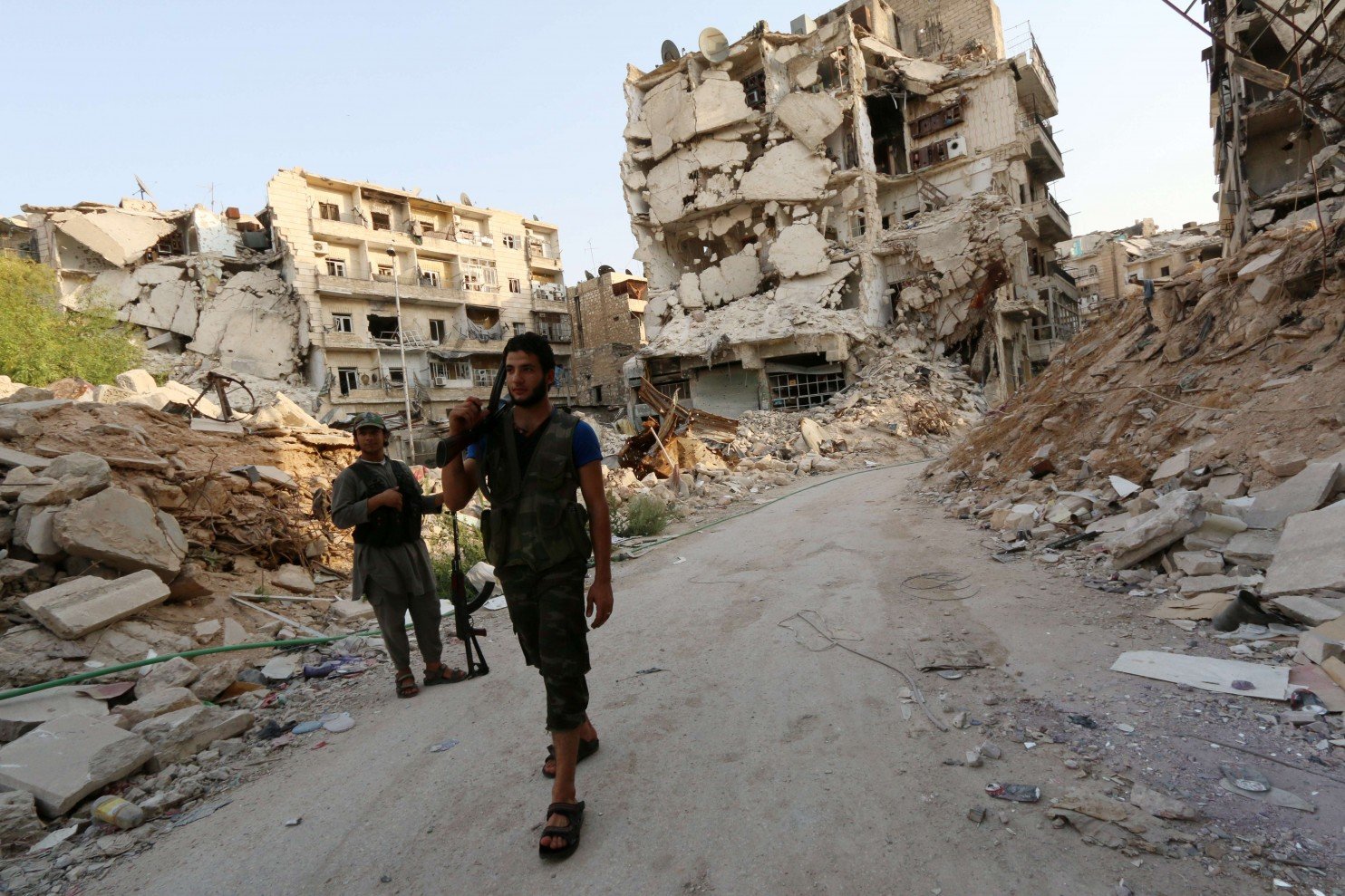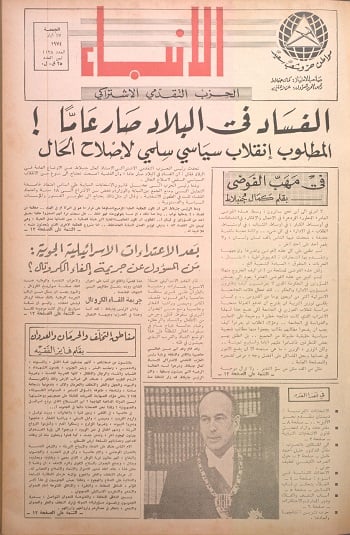U.S. rules out coordinating with Assad on airstrikes against Islamists in Syria
Anne Gearan / Washington post
28 أغسطس 2014

The Obama administration has ruled out the possibility of coordinating U.S. airstrikes in Syria with President Bashar al-Assad’s government, forcing U.S. officials to design a campaign that would evade Syrian air defenses or coordinate it with Assad through a third party.
Despite the shared U.S. and Syrian interest in defeating Islamist militants in the region, there will be no cooperation with Assad, State Department spokeswoman Jen Psaki said Tuesday.
“We’re not going to ask for permission from the Syrian regime,” she said.
With top U.S. officials describing the Islamic State militant group as a growing threat to international security, some form of stepped-up U.S. action appears increasingly likely and could include an expansion of American airstrikes from Iraq into Syria. Whether done in concert with Assad or not, such strikes would be a strategic benefit to Assad more than three years after the start of the uprising against his rule.
Airstrikes, even if officially opposed by Assad as a violation of Syrian sovereignty, would also put Obama and Assad on the same side of a war Obama has been loath to join.
The White House stressed Tuesday that Obama has made no decision on whether to conduct airstrikes in Syria, even amid signs of stepped-up U.S. activity in the region, including his authorization of surveillance flights there.
Syria’s foreign minister warned Monday against unilateral U.S. strikes but welcomed a broader regional approach to fighting the militants, opening the possibility that the administration could rely on partners to coordinate any attacks. U.S. officials said that there has been no such coordination to date and that none is planned, although they did not rule it out.
Any unilateral action would mean testing Syria’s air defenses or the response of Assad’s forces.
While the U.S. military has penetrated Syrian airspace on at least one occasion since the start of the civil war — during a failed bid this year to rescue journalist James Foley and other Americans being held by the Islamic State — that raid involved the use of modified Black Hawk helicopters.
The helicopters are designed to fly into hostile airspace and conceivably could have been flown at very low altitudes to avoid radar detection. Surveillance aircraft, however, fly high and slow, and they could be shot down by both the Syrian air force and the country’s air defense grid.
In addition to having a moderately capable air force, Syria possesses advanced surface-to-air missile systems such as the SA-22 Greyhound, according to Military Balance, a publication issued by the International Institute for Strategic Studies that documents military capabilities. The SA-22 can hit targets up to 65,000 feet, believed to be the maximum altitude of the Global Hawk surveillance drone.
The Pentagon has begun identifying potential targets, but it is not clear how soon any U.S. airstrikes might come.
“This is a serious threat from a serious group of terrorists, and we need to stay mindful of doing what we need to do to protect American citizens at home and abroad,” a Pentagon spokesman, Rear Adm. John Kirby, said Tuesday.
“We’re not going to hold ourselves to geographic boundaries in order to accomplish that job.”
Asked whether Syrian air defenses had been degraded over the past year, Kirby indicated that they had not. “There has been no change in our assessment of Syrian air defense capabilities,” he said.
Any U.S. operation would most likely focus on Islamic State leadership in the group’s main haven around Raqqah, in Syria’s north, and along the long Iraqi border, analysts said. U.S. planes are operating at the invitation of Iraqi leaders next door and could use Iraq’s airspace to launch long-range weapons into Syria.
Still, “without some degree of coordination, the risks for armed intervention in Syria will be hard to control and manage. There’s greater room for miscalculation and human error,” said Ramzy Mardini, a nonresident fellow at the Atlantic Council who has studied the strengths and weaknesses of the Islamic State.
The United States should be wary of using allied rebels to coordinate airstrikes, Mardini added. “There’s a conflict of interest and an incentive to pull the U.S. into direct conflict with the Assad regime.”
Julien Barnes-Dacey, a Middle East analyst at the European Council on Foreign Relations, said public U.S.-Syria coordination is out of the question politically for the United States and probably for Assad. Despite the two countries’ being strange bedfellows, Assad would probably welcome strikes if they were coordinated between the two governments, Barnes-Dacey said.
“Assad’s biggest foe today is Islamic State,” and the Obama administration now identifies the group as an instant threat, Barnes-Dacey said. “That inevitably draws them together in spheres of action.”
U.S. policy has been to support political moderates and their affiliated rebel army, but the United States has been reluctant to offer much military help to the rebels because of the fear that militants would benefit. Meanwhile, U.N.-sponsored peace talks fell apart almost as soon as they were convened this year.
The United States long ago abandoned hopes that Assad could be an Arab reformer, and Obama demanded his ouster just months into the rebel uprising in 2011.
“There are no plans to change that policy, and there are no plans to coordinate with the Assad regime,” White House press secretary Josh Earnest said.
Thomas Gibbons-Neff and Craig Whitlock contributed to this report.
 عن أمل جنبلاط المتجدد: لبنان يستحق النضال
عن أمل جنبلاط المتجدد: لبنان يستحق النضال
 صحافيون أم عرّافون!
صحافيون أم عرّافون!
 ماذا يجري داخل أروقة بيت الكتائب المركزي؟
ماذا يجري داخل أروقة بيت الكتائب المركزي؟


 عن الخرائط التي تُرسم والإتفاقات التي تتساقط!
عن الخرائط التي تُرسم والإتفاقات التي تتساقط!
 “الإنحراف في الحياة”/ بقلم كمال جنبلاط
“الإنحراف في الحياة”/ بقلم كمال جنبلاط
 هاشتاغ #صار_الوقت يحل أولاً في حلقة جنبلاط
هاشتاغ #صار_الوقت يحل أولاً في حلقة جنبلاط
 طاولة نقاش عن أزمة الصحافة في جامعة AUST
طاولة نقاش عن أزمة الصحافة في جامعة AUST
 عبدالله: ليظهر لنا وزير مكافحة الفساد حرصه في صفقات البواخر والفيول
عبدالله: ليظهر لنا وزير مكافحة الفساد حرصه في صفقات البواخر والفيول
 عبدالله: غريب أمر وزارة مكافحة الفساد!
عبدالله: غريب أمر وزارة مكافحة الفساد!

 Comment to Uri Avnery: How Sad What Is Looming Ahead
Comment to Uri Avnery: How Sad What Is Looming Ahead
 “Not Enough!”
“Not Enough!”
 … لمن لم يقرأ يوسف البعيني/ بقلم وسام شيّا
… لمن لم يقرأ يوسف البعيني/ بقلم وسام شيّا
 كمال جنبلاط في مولده الأول بعد المائة: تعاليمه وأفكاره ما زالت الحلّ/بقلم عزيز المتني
كمال جنبلاط في مولده الأول بعد المائة: تعاليمه وأفكاره ما زالت الحلّ/بقلم عزيز المتني
 رئيس حزب/ وليس (… سابقاً)/ بقلم د. خليل احمد خليل
رئيس حزب/ وليس (… سابقاً)/ بقلم د. خليل احمد خليل
 التوازن السياسي في لبنان
التوازن السياسي في لبنان
 لبنان… مشاريع انقلابية مؤجلة
لبنان… مشاريع انقلابية مؤجلة
 جنبلاط وحَمَلة أختام الكاوتشوك
جنبلاط وحَمَلة أختام الكاوتشوك
 Le Liban est un symbole de tolérance
Le Liban est un symbole de tolérance
 Our Automated Future
Our Automated Future
 The True Origins of ISIS
The True Origins of ISIS
 Les Misérables vs. Macron
Les Misérables vs. Macron
 عذراً أيها المعلم/ بقلم مهج شعبان
عذراً أيها المعلم/ بقلم مهج شعبان
 رساله الى المعلم / بقلم ابو عاصم
رساله الى المعلم / بقلم ابو عاصم
 إلى روح القائد والمعلم كمال جنبلاط/ بقلم أنور الدبيسي
إلى روح القائد والمعلم كمال جنبلاط/ بقلم أنور الدبيسي
 أسرار وعناوين الصحف ليوم الجمعة 14 كانون الاول 2018
أسرار وعناوين الصحف ليوم الجمعة 14 كانون الاول 2018














